International Journal of Agricultural Science and Food Technology
A microwave-based system combines drying, extraction and sterilization under low-temperature vacuum conditions
Wei Cheng Chen1, Chyun Chau Fuh2, Chien Yu Lu3 and Hsun Heng Tsai1*
2Department of Mechanical and Mechatronic Engineering, National Taiwan Ocean University, Keelung, R.O.C, Taiwan
3Department of Industrial Education and Technology, National Changhua University of Education, Changhua City, R.O.C, Taiwan
Cite this as
Chen WC, Fuh CC, Lu CY, Tsai HH (2022) A microwave-based system combines drying, extraction and sterilization under low-temperature vacuum conditions. Int J Agric Sc Food Technol 8(3): 238-243. DOI: 10.17352/2455-815X.000171Copyright License
© 2022 Chen WC, et al. This is an open-access article distributed under the terms of the Creative Commons Attribution License, which permits unrestricted use, distribution, and reproduction in any medium, provided the original author and source are credited.This study develops a simultaneous system combining low-temperature drying, extraction, and sterilization under low temperature, by comprising a microwave source and a vacuum chamber. The study commences by investigating the reduction in moisture content under microwave heating in vacuum conditions as a function of the drying time, the material load, and the microwave output power. Subsequently, the study compares the results obtained for the yield and composition of the essential oil extracted from Coleus amboinicus Loureiro leaves using the proposed system with those obtained using a conventional steam distillation technique. Finally, the study investigates the performance of the developed system in inactivating Bacillus subtilis spores using a low-pressure plasma sterilization technique. The experimental results show that the low-temperature vacuum conditions established in the proposed drying system accelerate the rate of moisture removal. Furthermore, the microwaves penetrate the interior of the material, heating the internal moisture directly. This not only reduces the drying time but also preserves the original flavor and appearance of the dried material. The extraction results show no significant difference between the final yield percentages and compositions of the essential oils extracted using the proposed system and the distilled steam technique, respectively. However, the extraction time is reduced from 90 minutes in the distilled steam method to just 30 minutes in the proposed system. Finally, the plasma sterilization results demonstrate that the proposed system reduces the number of colony-forming units of Bacillus subtilis from 170 to 7 within a treatment time of 1 s, and achieves complete sterilization following 180 s.
Introduction
It is frequently necessary to dry biological materials in order to stabilize them prior to storage or distribution. The intention of the drying process is to remove a sufficient amount of moisture to prevent microbial spoilage. Various drying methods are used throughout the industry [1-3]. Some of these methods have been combined with extraction techniques to accelerate the drying process or to increase the extraction yield of essential oils from the dried material [4-5]. However, traditional drying and extraction methods, particularly those based on the use of hot air, significantly degrade the flavor and nutritional content of the dried product [6]. Furthermore, such techniques require long drying times, even at high temperatures, resulting in serious degradation of the dried product quality [7]. In an attempt to overcome these limitations, vacuum-drying processes have been developed, which apply both heat and vacuum effects to remove moisture from the material. Vacuum drying is particularly suited to the drying of materials containing a high percentage of amino acids or proteins and successfully retains both the original flavor and the color of the dried material. However, due to the absence of convection effects during the drying process, the rate of heat transfer into the solid phase is significantly reduced, and hence long drying times are required. Freeze-drying techniques have also been successfully applied for moisture removal [8-9]. However, such methods are highly complex and expensive, with the result that their use is generally restricted to the drying of delicate, heat-sensitive materials of high value. The use of microwave-based drying techniques has gradually emerged in recent years. Such techniques provide a rapid heat transfer effect in drying and food processing applications and have found important applications in a number of fields, including modeling [10] and experiment [11-12]. Integrating microwave-drying techniques with vacuum-drying processes enables the production of dehydrated products with excellent taste, smell, and rehydration properties [13]. In the past, the high energy costs associated with this integrated drying technique limited its application to the case where the final dried product was required to meet a very high-quality specification. However, with the emergence of low-cost, energy-efficient microwave ovens aimed at the consumer market, the potential now exists to exploit the technology embedded within these household appliances to develop a compact, low-cost, energy-efficient drying system for industrial applications.
It has been reported that a two-stage drying process involving forced-air convective drying followed by microwave drying not only provides an improved dried product quality but also yields considerable time and energy savings [10]. Compared to conventional hot-air drying techniques and other traditional drying methods, microwave drying is a rapid, uniform, and highly energy-efficient method. Furthermore, due to the high energy intensity of microwave sources, microwave-based drying systems typically occupy no more than 20-35% of the floor space required by conventional heating and drying systems [14]. However, it has been shown that the sudden increase in temperature within cellular structures exposed to microwave irradiation may result in a rupturing of the cell walls and a rapid release of the constituent materials into the surrounding medium [15]. In an investigation into the kinetics of the microwave-assisted extraction of essential oil from Cinnamomum burmannii leaves, it was shown that while a higher microwave power was necessary to enhance the rate of moisture removal, the weight of the leaves in the solvent increased [16]. Sterilization techniques are widely used throughout the food industry. These methods typically involve the use of autoclaving, ethylene oxide (EtO), γ-irradiation, or UV light [17]. However, not only do these techniques require lengthy sterilization times, but the sterilization agents which they apply may have a potentially harmful effect on human health. Plasma sterilization represents an emerging alternative technique for the rapid inactivation of bacteria spores. In such techniques, undesirable microorganisms are sterilized by physical or chemical processes induced by the plasma. Typically, the physical processes involve the action of positive and negative ions in the discharge streamer, while the chemical processes involve ozone, atomic oxygen, hydroxyl radicals, and so forth [18]. It has been reported that plasma sterilization involves one of three different mechanisms: (1) hydroxyl radicals become attached to unsaturated fatty acids and induce lipid peroxidation, (2) DNA oxidation is induced by oxygen radicals, and (3) amino acid oxidation followed by protein oxidation [19-20]. It has also been shown that fatty acid peroxide is formed by plasma and is then altered to membrane lipids [21]. In addition to the chemical effects discussed above, sterilization is also thought to involve physical effects. For example, it has been demonstrated that a charge accumulation on the cell membrane induces electrostatic stress, which may lead to cell rupture [22]. As a consequence, both the chemical damage caused by ozone and atomic oxygen effects and the physical damage inflicted by ions in the streamer discharge are important issues in any study of atmospheric pressure plasma sterilization [18].
In the above literature reviews, sterilization, extraction, and drying are common requirements for biological materials processing. This research develops a compact and simultaneous low-temperature drying, extraction, and sterilization system in which the material of interest is dried using a microwave heating effect under vacuum conditions. At present, most of the general equipment performed only the aforementioned two functions [23-25]. The study commences by analyzing the effects of the drying time, the material load, and the microwave output power on the moisture content reduction. The study then investigates the yield and composition of the essential oil extracted from Coleus amboinicus Loureiro leaves using the proposed system. The yield results and extraction time are then compared with the results obtained using a traditional steam distillation technique. Finally, the study investigates the performance of the proposed system in inactivating Bacillus subtilis spores using a low-pressure plasma sterilizing technique.
Materials and methods
Equipment
Figure 1 presents a photograph of the proposed low-temperature rapid extraction system. The system consists of a microwave source, a vacuum chamber, a cooler system and vacuum pump mechanisms designed to remove the air from the chamber and maintain a vacuum status. To enable observation of the samples within the chamber, a monitoring system is installed in the chamber casing comprising a pinhole lens video camera and a video capture device. During the experiments, the observation system provides a thermal imaging capability that enables the temperature to be assessed. The operation of the system is described as follows: The first stage of pressure drop is carried out using a water pump. When the pressure drop slows down, we start up the root pump for the second stage of pressure drop. At this time, the microwave source is turned on, and the microwave is guided into the vacuum cavity by the waveguide to heat the agricultural products. Due to the lowering of the boiling point caused by the low pressure, the essential oils and water vapor of the agricultural products evaporate quickly, and the evaporated gas is extracted by the low-pressure pump and passed through the condenser to be collected. The process is demonstrated in Figure 2. The drying and extraction system developed in this study differs from traditional extraction systems. In traditional systems, the drying temperature is generally in the range of 50-150 0C. However, in the current system, the material is maintained at a temperature of less than 350C throughout the drying procedure. Since the volume in the drying chamber is constant, the gas pressure within the chamber varies in direct proportion to the gas temperature. In traditional drying and extraction systems, the drying temperature generally varies in the range of 50-1500C. However, the vacuum conditions established in the present system reduce the boiling point of the moisture in the dried material, with the result that the drying temperature is maintained at a level of less than 500C throughout the entire drying process. Figure 3 presents a connection photograph of the vacuum chamber and the micro waver, the microwave is transferred into the chamber by the waveguide.
The essential oil was analyzed using a gas chromatograph (HEWLETT PACKARD 5890A SERIES II) with an FID detector and a 5% phenylmethyl polysiloxane fused-silica column (HP-5, 30 m, 0.25 mm inner diameter, film thickness 0.25 μm). During the extraction process, the operating conditions were specified as follows: helium carrier gas flow rate 1.0mL/min; split 1:30; injection volume 1.0μL; injection temperature 2500C; oven temperature increased from 60 to 1300C at 10C/min, from 130 to 2000C at 20C/min, from 200 to 2500C at 40C/min and held constant at 2500C for 40 min.
Plant material
Coleus amboinicus Loureiro is one of the most useful of all medicinal plants. The leaves from this plant yield an essential oil that is widely used in the commercial fragrance industry and which is applied in the treatment of coughs and colds as well as arthritic inflammation in the medical field. In the Philippines, macerated fresh leaves are applied externally to burns, while the leaves are bruised and applied locally to treat centipede and scorpion bites. Coleus amboinicus Loureiro extracts also demonstrate excellent insect repellent properties. Accordingly, fresh leaves of Coleus amboinicus Loureiro were collected in the experiment. The leaves were then cut into small cubes and samples of prescribed weights were prepared for the drying and extraction experiments.
Test spores
To investigate the sterilization performance of the developed system, spores of Bacillus subtilis (ATCC 6633) were sprayed homogeneously onto an Agar medium plated in a Petri dish. Typically, the test scores were uniformly distributed over an area measuring 63.6 cm2 in the center of the test plate. The plasma sterilization performance of the experimental system was tested in the microwave drying procedure. When the microwave was first started, oxygen was injected into the waveguide and subsequently reacted with the low-pressure microwaves to produce plasma.
Results and discussion
Drying characteristics
Figure 4 plots the variation of the moisture content of Coleus amboinicus Loureiro leaves with the drying time as a function of the material load at a constant microwave power of 900 W. The microwave drying process which reduced the leaves’ moisture contents from 93.4 to 44.8 g took 0-30 min, depending on the drying conditions. Since the variation in the initial moisture contents of the material is relatively small, the difference in the drying time is determined primarily by the material load. Furthermore, the microwave power intensity applied per unit mass of dried material reduces with an increased material load. Therefore, the gradients of the higher material loads are steeper than those of the lower material loads, due to the increased applied microwave power intensity per unit mass of dried product. The current low-pressure conditions reduce the boiling point of the moisture in the leaves. As a consequence, the results indicate that the moisture content of the leaves can be reduced to less than one-half the original value after different microwave drying times
Figure 5 plots the variation of the moisture content with the drying time as a function of the microwave power. In general, it can be seen that the drying rate increases with increasing microwave power for a constant material load. As a consequence, the final moisture content of the dried samples reduces with increasing microwave power. It is observed that the drying rate remains approximately constant for the first five minutes of the drying process. This implies that in the initial stages of the drying process, moisture migrates from the interior of the material to the surface, but is not actually removed. However, the drying rate then increases rapidly in the period of 5 to 20 minutes, implying that the combined effect of continued heating and vacuum conditions leads to a lower boiling point in promoting moisture loss from the material. Additionally, the low-pressure conditions cause the moisture to move slowly to the material surface, therefore avoiding damage to the cell walls and maintaining the appearance of the original sample.
Figure 6 illustrates the variation of the material temperature over the course of the drying process. The results show that the material temperature does not exceed 300C at any point during the drying process. The current low-temperature drying process is therefore beneficial in terms of retaining the flavor and nutritional content of the original material.
Extraction yield and time
In conventional extraction methods performed at atmospheric pressure, the extraction temperature must be sufficient to raise the temperature of the moisture content to the boiling temperature of the water, i.e. 1000C. Furthermore, as the extraction time increases, the chemical composition of the extracted essential oil loses its original activity. However, this study develops the system including an extraction technique based on microwave drying under vacuum conditions. The proposed technique has the advantage of a significantly shorter extraction time. The low-pressure conditions established in the chamber reduce the boiling temperature of the moisture in the leaves. As a result, the energy provided by the microwave source is sufficient to heat the moisture to the required temperature for evaporation within only a few minutes. In this study, the microwave-assisted extraction and traditional steam distillation methods were compared experimentally under the same power. As shown in Figure 7, in the proposed system, an extraction time of 30 minutes is sufficient to obtain approximately the same yield as that obtained after 90 minutes using the conventional steam distillation method, i.e. 3.37% and 3.51%, respectively, In other words, the results indicate that the proposed extraction method achieves a comparable performance to conventional techniques, but with a time-saving of approximately 1 hour.
Figure 6. Variation of essential oil yield with extraction time for improved microwave-assisted extraction method and steam distillation extraction method for Coleus amboinicus Loureiro leaves. Analyzing the contents of the essential oils extracted using the two different methods, it is found that the volatile components and productivities of the two oils are virtually identical. As shown in Table 1, the most abundant constituent in both cases is carvacrol (35.7% and 38.1%), followed by cymene (14.1% and 15.2%), and γ-terpinene (4.3% and 3.9 %).
Plasma sterilization
The Bacillus subtilis test spore was diluted with physiological saline using the series dilute method. Agar medium was plated in a Petri dish and test spores were then inoculated on the medium. Five different plasma sterilization treatment times were applied, i.e. 1 s, 10 s, 30 s, 90 s, and 180 s. The plasma-treated samples were then placed in an incubator for 12 hours at a constant temperature of 370C. An untreated control sample was also prepared for comparison purposes. Figure 7 presents images of the control sample and the sterilized samples following incubation. The untreated sample (Figure 8(a)) was found to contain 170 spores of Bacillus subtilis However, Figures 8(b)~(f), corresponding to sterilization treatment times of 1 s, 10 s, 30 s, 90 s, and 180 s, respectively, show that the number of spores is reduced significantly following plasma sterilization.
Figure 9 illustrates the variation in the number of surviving spores with the plasma sterilization treatment time. The results for samples show that the number of cfus reduces from 170 to 29 following sterilization for 1 s. Furthermore, following sterilization for 180 s, no cfus survive. Observing the sterilization results obtained for the samples with a cover or no cover on the petri dish, it is seen that the number of cfus reduces from 170 to just 7 after 1 s without cover. Again, no spores survive following plasma treatment for 180 s. The results are presented in Figure 9 confirm that plasma sterilization involves both chemical and physical sterilization processes even with the cover on the petri dish.
Discussions and conclusions
This study develops a simultaneous system for drying, extraction, and plasma sterilization under low temperatures. At present, most of the general equipment performed only the aforementioned two functions [23-25]. This is a device that has not been explored to combine the aforementioned three functions. This system enables surface sterilization of biological materials, at the same time, microwaves stimulate oxygen in the air to form ozone, which can also help sterilization. However, whether plasma or ozone, the main mechanism of sterilization action comes from the high-speed impact of particles, it is not easy to effectively sterilize the interior of biological materials. The sterilization effect can only be achieved by using microwaves to vibrate water molecules to heat up the internal microscopically. Therefore, the sterilization effect on deep and large substances will be less complete. Based on the present experimental results, the following conclusions can be drawn:
- Under vacuum conditions, the boiling point of water is lowered and thus evaporation takes place at a lower temperature. Therefore it includes a faster drying rate and reduced oxidation of the samples.
- Compared to traditional extraction techniques, the proposed extraction procedure has several key advantages, including a shorter extraction time, substantial energy saving and a reduced environmental burden. These advantages render the proposed low-temperature rapid extraction system a suitable technique for the extraction of essential oils from aromatic plants.
- Using the proposed low-pressure system, typical test spores such as Bacillus subtilis can be easily inactivated using a plasma treatment process within a few seconds. Furthermore, the proposed sterilization system produces no toxic byproducts and does not require the use of expensive process gases.
- Wang Z, Ding L, Li T, Zhou X, Wang L, Zhang H, Liu L, Li Y, Liu Z, Wang H, Zeng H, He H. Improved solvent-free microwave extraction of essential oil from dried Cuminum cyminum L. and Zanthoxylum bungeanum Maxim. J Chromatogr A. 2006 Jan 13;1102(1-2):11-7. doi: 10.1016/j.chroma.2005.10.032. Epub 2005 Nov 2. PMID: 16266711.
- Laroussi M, Sayler GS, Glascock BB (1999) Images of biological samples undergoing sterilization by a glow discharge at atmospheric pressure. IEEE Trans Plasma Sci 27:34-35.
- Thamkaew G, Sjöholm I, Galindo FG. A review of drying methods for improving the quality of dried herbs. Crit Rev Food Sci Nutr. 2021;61(11):1763-1786. doi: 10.1080/10408398.2020.1765309. Epub 2020 May 19. PMID: 32423234.
- Lucchesi ME, Smadja J, Bradshaw S, Louw W, Chemat F. Solvent free microwave extraction of Elletaria cardamomum L.: A multivariate study of a new technique for the extraction of essential oil. Journal of Food Engineering. 2007; 79(3):1079-1086.
- Filly A, Fernandez X, Minuti M, Visinoni F, Cravotto G, Chemat F. Solvent-free microwave extraction of essential oil from aromatic herbs: from laboratory to pilot and industrial scale. Food Chem. 2014 May 1;150:193-8. doi: 10.1016/j.foodchem.2013.10.139. Epub 2013 Nov 5. PMID: 24360439.
- Argyropoulos D, Heindl A, Müller J. Assessment of convection, hot‐air combined with microwave‐vacuum and freeze‐drying methods for mushrooms with regard to product quality. International journal of food science & technology. 2011; 46(2):333-342.
- Sharma GP, Prasad S. Optimization of process parameters for microwave drying of garlic cloves. J Food Eng. 2006; 75:441-446.
- Ciurzynska A, Lenart A. Freeze-drying-application in food processing and biotechnology-a review. Polish Journal of Food and Nutrition Sciences. 2011; 61(3).
- Nowak D, Jakubczyk E. The Freeze-Drying of Foods-The Characteristic of the Process Course and the Effect of Its Parameters on the Physical Properties of Food Materials. Foods. 2020 Oct 18;9(10):1488. doi: 10.3390/foods9101488. PMID: 33080983; PMCID: PMC7603155.
- Feng H, Tang J. Microwave Drying of Food and Agricultural Materials: Basics and Heat and Mass Transfer Modeling. Food Eng Rev 4. 2012.
- Feng H, Tang T, Cavalieri RP. Dielectric properties of dehydrated apples as affected by moisture and temperature. Trans ASAE. 2002; 45:129-135.
- Somayeh R, Nasser BK, Hosain D. Microwave power adjusting during potato slice drying process using machine vision. Comput Electron Agric. 2019; 160:40-50.
- Drouzas AE, Schubert H. Microwave Application in Vacuum Drying of Fruits. J Food Eng. 1995; 28:203-209.
- Gisandro RC, Ricardo LM. Microwave and microwave-vacuum drying as alternatives to convective drying in barley malt processing. Innov Food Sci Emerg Technol 73.
- Cheng J, Sun J, Huang Y, Feng J, Zhou J, Cen K. Dynamic microstructures and fractal characterization of cell wall disruption for microwave irradiation-assisted lipid extraction from wet microalgae. Bioresour Technol. 2013 Dec;150:67-72. doi: 10.1016/j.biortech.2013.09.126. Epub 2013 Oct 8. PMID: 24152788.
- Liu Z, Li H, Cui G, Wei M, Zou Z, et al. Efficient extraction of essential oil from Cinnamomum burmannii leaves using enzymolysis pretreatment and followed by microwave-assisted method. LWT. 2021; 147:111497.
- Park BJ, Lee DH, Park JC, Lee IS, Lee KY, et al. Sterilization using microwave-induced argon plasma system at atmospheric pressure. Phys Plasma. 2003; 10:4539-4544.
- Jai HC, Inho H, Koo BH, Hee LM, Wook HD, et al. Analysis of sterilization effect by pulsed dielectric barrier discharge. J Electrost. 2005; 64:17-22.
- Montie TC, Wintenberg KK, Roth JR. An overview of research using the one atmosphere uniform glow discharge plasma (OAUGDP) for sterilization of surfaces and materials. IEEE Trans. Plasma Sci. 2000; 28:41-50.
- Ben GR, Roth JR, Montie TC, Wintenberg KK, Tsai PPY, et al. (2000) Sterilization and Plasma Processing of Room Temperature Surfaces with a One Atmosphere Uniform Glow Discharge Plasma (OAUGDP). Surf Coat Technol 131: 528-42.
- Laroussi M. Low temperature plasma‐based sterilization: Overview and State-of-the-Art. Plasma Process. 2005; 2: 391-400.
- Mendis DA, Rosenberg M, Azam F. A note on the possible electrostatic disruption of bacteria. IEEE Trans Plasma Sci. 2000; 28:1304-1306.
- Chemat F, Rombaut N, Meullemiestre A, Turk M, Perino S, et al. Review of green food processing techniques. Preservation, transformation, and extraction. Innovative Food Science & Emerging Technologies. 2017; 41:357-377.
- Ekezie FGC, Sun DW, Han Z., Cheng JH. Microwave-assisted food processing technologies for enhancing product quality and process efficiency: A review of recent developments. Trends in Food Science & Technology. 2017; 67:58-69.
- Soni A, Smith J, Thompson A, Brightwell G. Microwave-induced thermal sterilization-A review on history, technical progress, advantages and challenges as compared to the conventional methods. Trends in Food Science & Technology. 2020; 97:433-442.
Article Alerts
Subscribe to our articles alerts and stay tuned.
 This work is licensed under a Creative Commons Attribution 4.0 International License.
This work is licensed under a Creative Commons Attribution 4.0 International License.
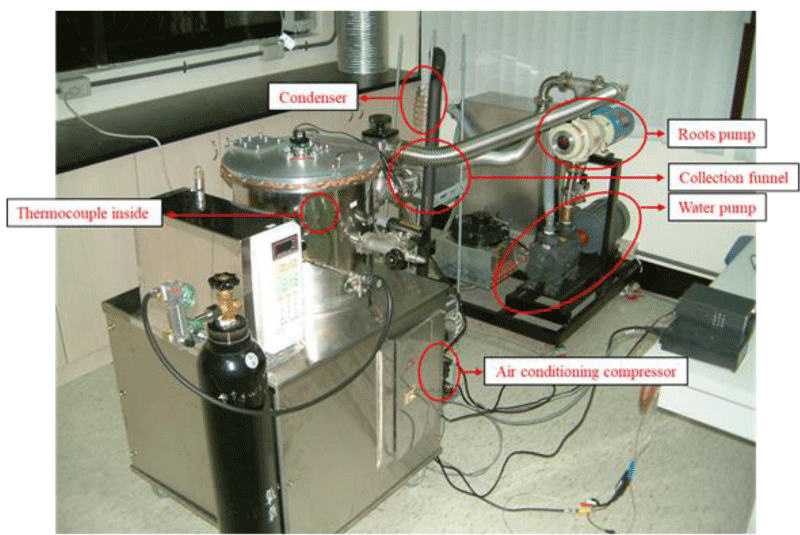
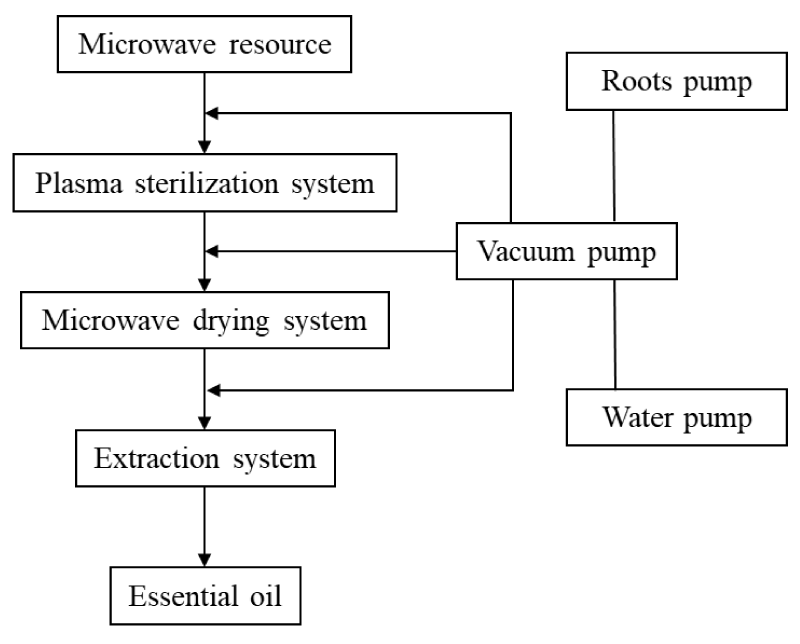
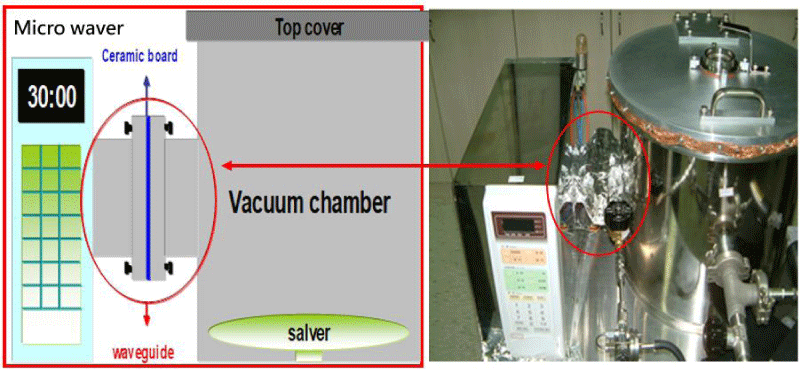
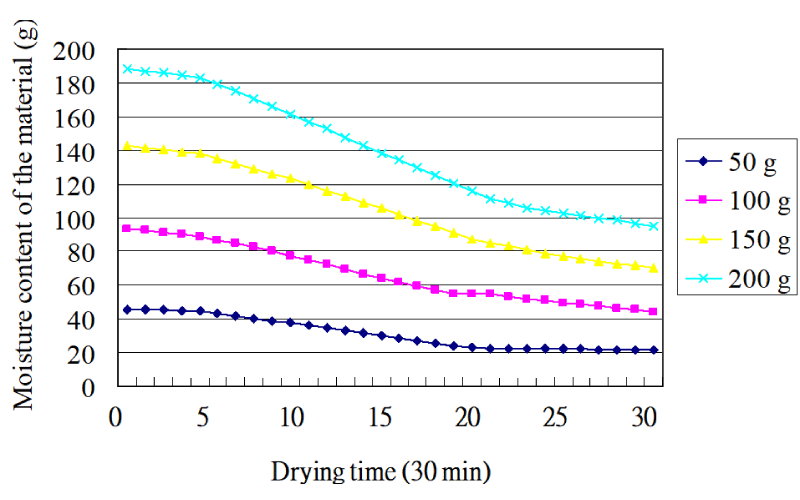
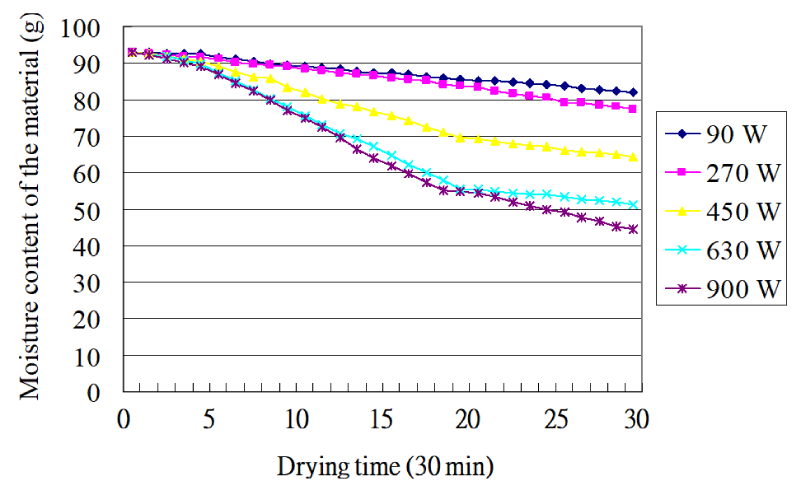
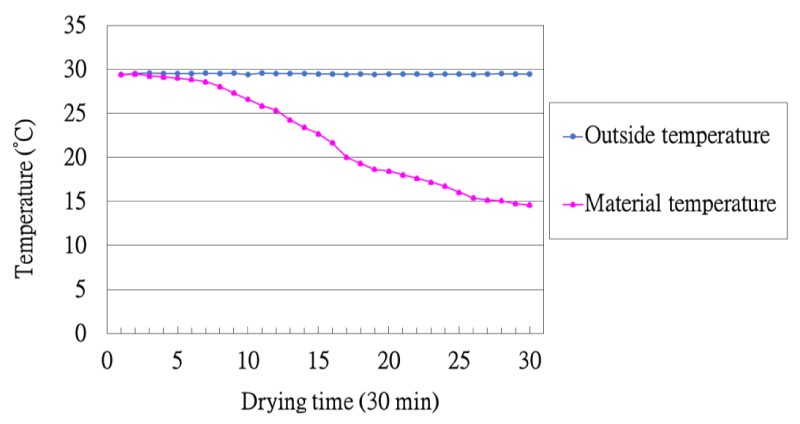

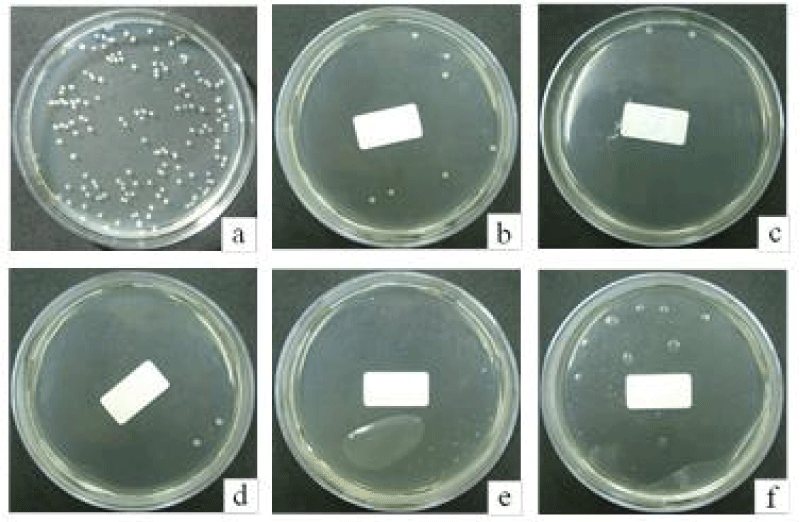
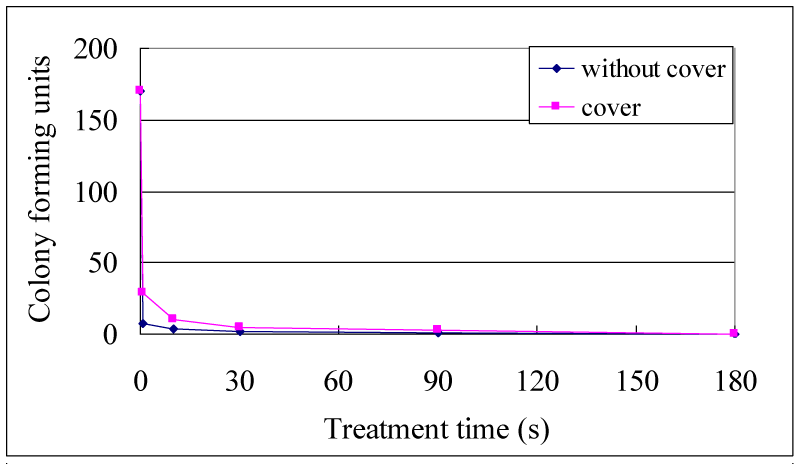

 Save to Mendeley
Save to Mendeley
